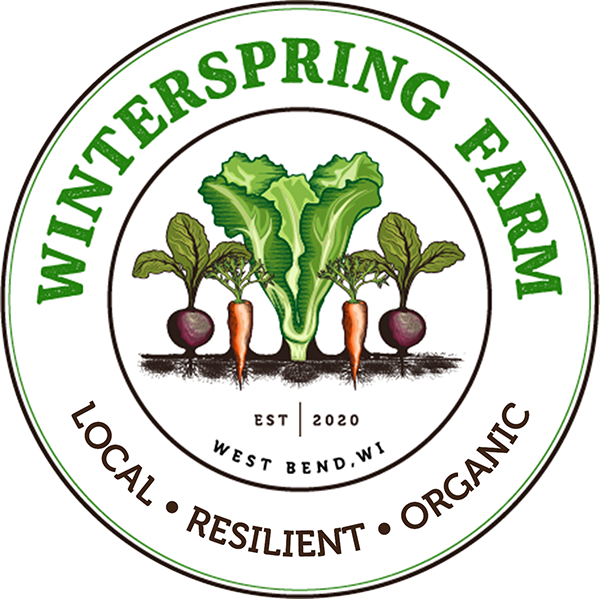Eggplant
Culinary Use, Storage, & Benefits
Farmer Caleb with a haul of Italian globe eggplants
Vegetable Profile: Eggplant (Solanum melongena)
Description
Eggplants were introduced to Europeans by Arabian traders in the 13th century. They are native to tropical Asia and were first cultivated in India. The wild ancestor of all eggplants was the same size and shape of an egg. Through selective breeding over many generations and throughout a diversity of cultures, we now have a wide variety of eggplants ranging from those as long and slender as a cucumber, to large and bulbous as a butternut squash. They range in color from light lavender-pink, to dark purple, to white. They have a mild flavor that soaks up flavors of spices and sauces very well.
Nutrition
Eggplants are considered cooling and soothing for inflammation. It as a delicate sweet and astringent flavor, and supports the circulatory system by encouraging blood flow to the lower regions of the body and nourishing the arteries. They are around 90% water, and are therefore low in calories and other minerals. They are a good source of potassium.
An Asian variety of eggplant we love for marinating and stir-fry
Storage
Eggplant from our farm is never waxed, so their shelf life is not the same as those you find in the store. We harvest them ripe for best flavor. That said, they store well in the crisper drawer for up to a week before they start to get soft or wrinkly.
Use
Eggplants are not eaten raw. However, the flavor possibilities are endless when cooked. It's versatile and is used all over the world in dishes such as baba ghanoush, ratatouille, moussaka. It can be stuffed and baked, or breaded and fried, or marinated and stir-fried.
Sources:
The New Whole Foods Encyclopedia by Rebecca Wood
Asparagus to Zucchini by Fairshare Coalition
Produce: A fruit and vegetable lover's guide by Bruce Beck
Our own experience!







